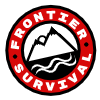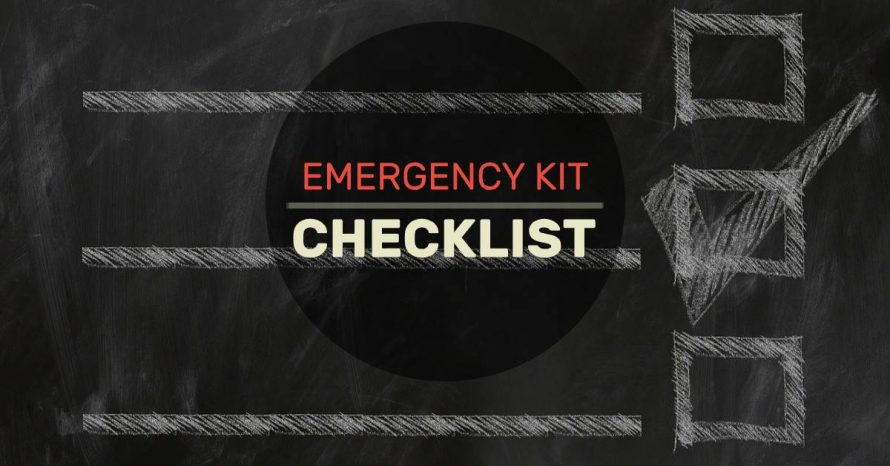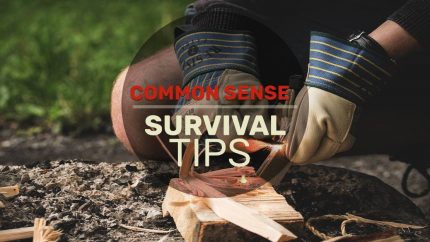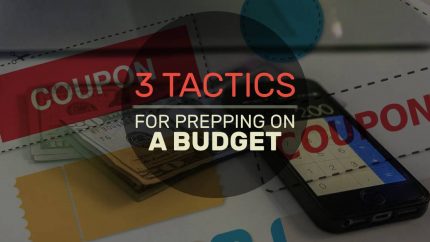There aren’t any guarantees in life. That’s why you need to take emergency preparedness seriously.
In a disaster situation you could suddenly lose access to the electric grid for a prolonged period of time. You could also quickly find yourself without access to food or clean water.
That’s why having at least a 72-hour emergency kit on hand at all times is so important. You should have emergency kits in your home, vehicle, school and/or office because you have no idea when you will be faced with an emergency.
What’s included in those emergency kits is important too. Obviously, you don’t want to overlook any critical supplies because that could have disastrous consequences.
That’s why you need to make an emergency kit checklist.
An emergency kit checklist will not only help you plan out everything you need, but it will also help you keep track of your inventory. Your checklist can be tailored to your specific needs and preferences, but there are some things that need to be included on everybody’s emergency kit checklist.
Every Emergency Kit Checklist Should Cover These Categories
Water
This is first on the list because it is the most important. Even if you don’t lose access to running water it may be contaminated and unsafe to drink after disasters like earthquakes, hurricanes, and floods.
Obviously you will need water for drinking, but you will also need it for other things like hygiene and sanitation.
You need to store at least 3 gallons of water per day for every person. The more you can store the better since it might be awhile before you have access to clean water after an emergency.
Food grade plastic containers with a capacity of 5 gallons each are ideal to store water for a long period of time, and can be kept almost anywhere.
Food
You need to have a backup food supply that you can tap into in case you lose power. Food that requires refrigeration to stay fresh will expire within hours.
Canned foods are ideal for long term storage. Packaged dry goods like rice, pasta, beans, and soup mixes are too. Luckily these items are also generally inexpensive, and can make up the bulk of your emergency food rations.
You can also make your own homemade energy bars that you can store for up to 6 months with your emergency food supplies. Use them as snacks, or just to supplement your rations with more calories.
Dehydrated and freeze dried meals can also be stored for long periods of time, and can easily be purchased online.
Just keep in mind that any dried or dehydrated foods will also generally need hot water to be made edible. You will also need a way to heat your food and water if you can’t use your stove, so plan accordingly.
Medical
You need to have a first aid kit that is equipped with all the basic medical supplies.
If you don’t have any idea how to build your own first aid kits then you can just purchase them. There are some great first aid kits available online.
Also be sure to include any medications that you, or any of your family members, are dependent upon in your emergency kit checklist.
Light
An emergency or disaster situation can be exponentially more difficult and dangerous if you don’t have enough light.
You need to have at multiple flashlights with three extra sets of alkaline batteries for each one. You might also want to have a propane, kerosene or battery powered lantern.
Also, be sure to have plenty of water proof matches, a lighter, and some long life candles.
Communication
The ability to get up to date information during and after a major crisis is critical.
That’s why you want a portable AM/FM weather radio, a shortwave radio, and a police scanner on your emergency kit checklist. Once again, you also need to store at least three sets of extra alkaline batteries specifically for each of these devices.
You also need to have a list of all the important telephone numbers you might need. You will not get a chance to look for those numbers during an emergency.
It also can’t hurt to have a pen and paper, as well as some stamped postcards just in case.
Hygiene
To stay comfortable during an emergency situation you should have some basic hygiene supplies on your emergency kit checklist.
This may include pre-moistened towelettes, feminine hygiene items, deodorant, disposable razor, tooth brush and tooth paste, liquid soap, toilet paper, etc.
If you have babies then you will also need some special items for them such as wet wipes, and disposable diapers.
Sanitation
You can prevent the spread of many serious illnesses by having access to proper sanitation materials following a disaster situation.
Basic sanitation items to include on your emergency kit checklist may include latex gloves, garbage bags, bleach, and other cleaning supplies.
You might also want to think about investing in a portable chemical toilet for short term situations. Composting toilets can work well for long term situations.
Power
Many people take for granted just how dependent they are on having easy access to electricity. In most disaster scenarios access to the power grid is the first thing to go.
In many cases it’s several days, or even weeks, before the power is restored. That’s why it’s very wise to have backup power solutions on your emergency kit checklist.
Portable generators are the best way to ensure you have electricity to power any vital appliances and charge your electronic devices if the grid goes down. A generator is a bigger investment than most of the other items mentioned here, but it is dirt cheap considering the security it provides.
Solar power kits are another great way to make sure you always have power. There are lots of kits available online these days, so it’s pretty easy to find one that will fit your specific needs.




